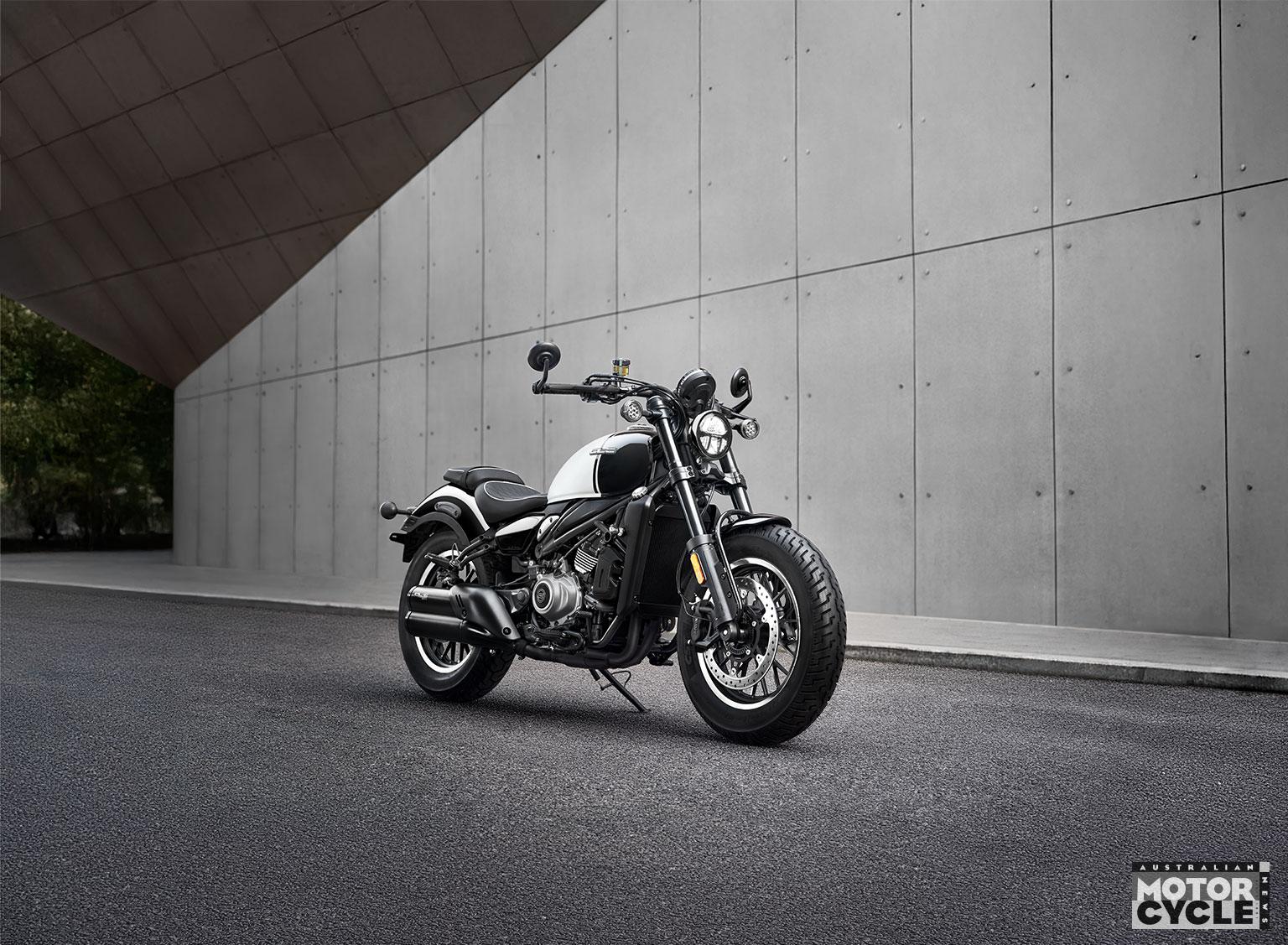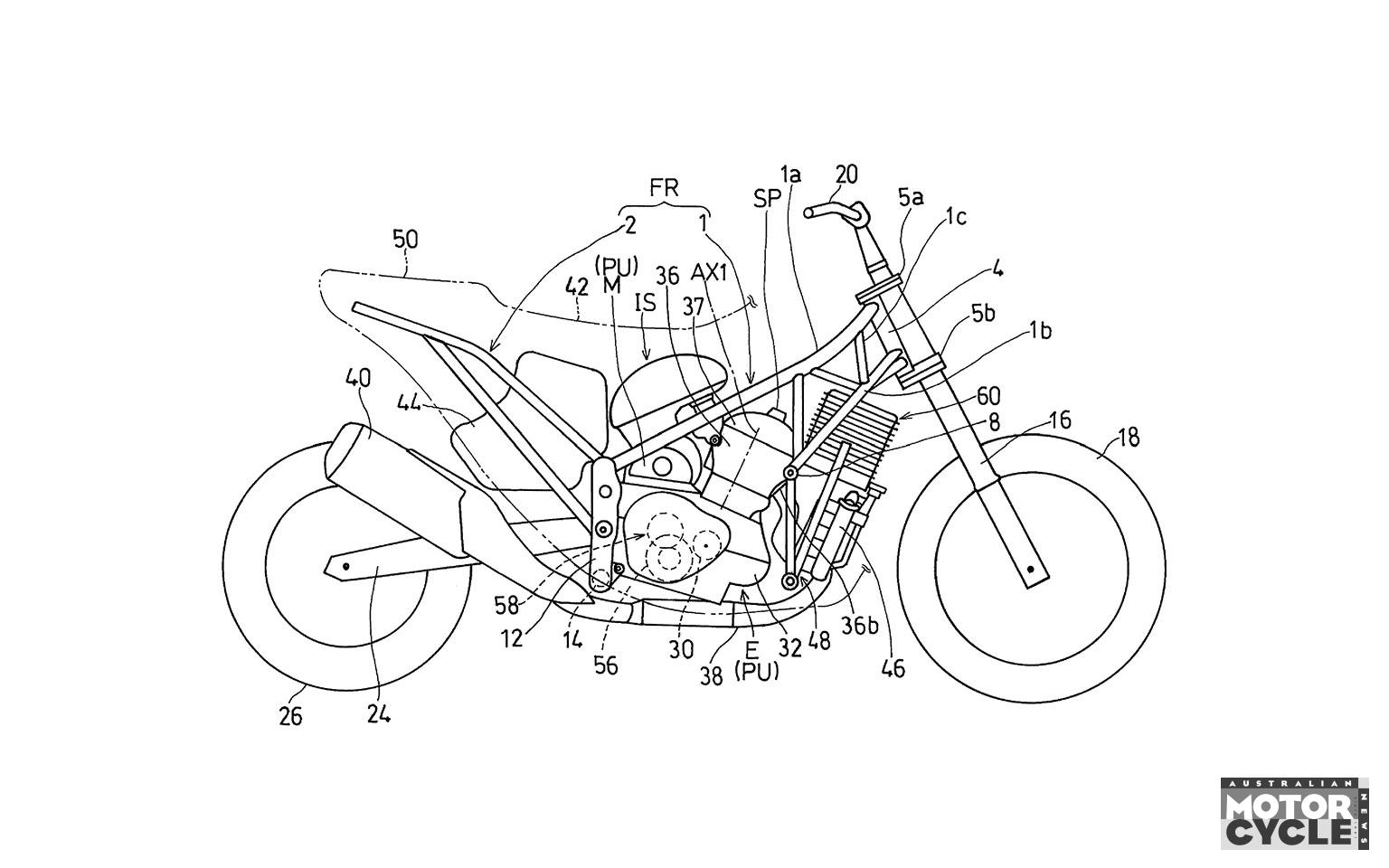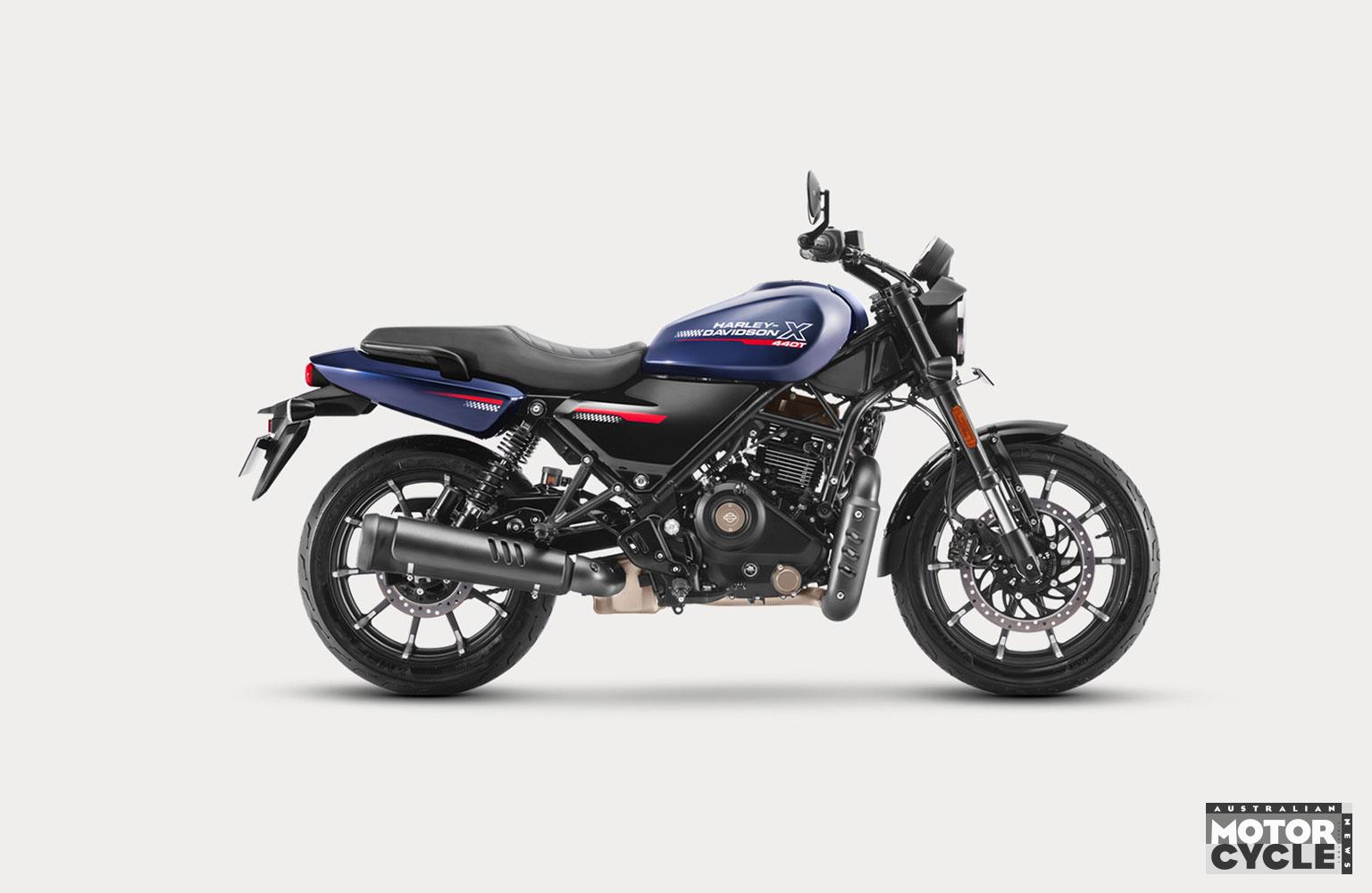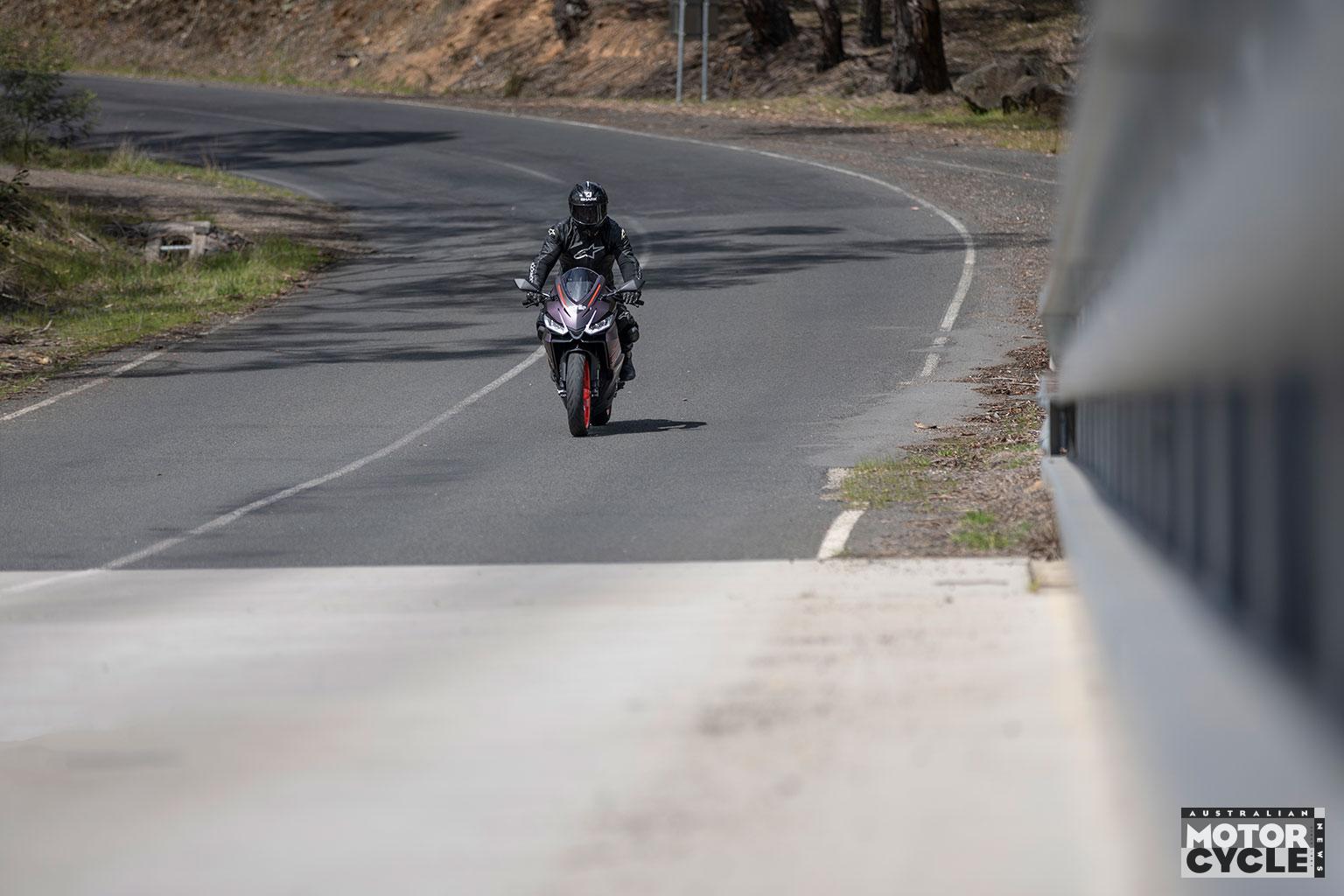Running air through the bike instead of around it promises big improvements in drag and range
Back in 2021 British engineering firm White Motorcycle Concepts burst onto the scene with its crazy-looking WMC250EV electric land-speed challenger – sporting a vast central duct that allowed air straight through the centre of the bike to give remarkable aerodynamic efficiency while retaining a relatively conventional riding position. Now the company has joined forces with Zero and engineered the same idea into an otherwise-stock Zero SR/S to illustrate how the system could benefit production bikes in the future.

The duct idea is toned down, of course – the WMC250EV’s central hole was just about large enough to crawl through and helped achieve a claimed 70% reduction in drag compared to the baseline of a Suzuki Hayabusa. On the Zero-based prototype, dubbed WMCSRS, the company had to work within the confines of the existing chassis, without altering its structure or the main powertrain components including the stock battery pack and motor, making such a large duct impossible to achieve. Instead, there’s a bifurcated duct, with air entering above the front wheel and below the standard nose bodywork – encouraged by a new, more enveloping front mudguard and a pair of teardrop-section fairings around the fork legs – and then splitting into two channels that direct it around immovable sections of the chassis before venting it through a pair of under-seat openings. Impressively, if you crouch at the front or rear of the bike there’s still a direct line-of-sight through the ducting to the other end, showing how unobstructed the air’s path is.

How much does it help? A combination of computer simulations and real-world testing suggest that the duct on the Zero gives a 10% reduction in drag despite the limitations imposed by working in the confines of a standard production bike and retaining the same external bodywork. That should result in a similar percentage increase in the machine’s range per charge without adding the cost and weight of more batteries. Since range, weight and cost are three biggest hurdles faced by electric bikes, more of the first without adding the latter two is a significant achievement.
On board, the rider would struggle to know he’s on anything other than a stock Zero SR/S. WMC has raised the seat slightly to make space for the duct and internally some of the charging and control electronics have been repositioned, resulting in a slightly smaller cubbyhole space on top of the ‘tank’ section, but neither change would make a substantial difference to most customers. WMC point out that, given a free hand to make bigger changes to the bike’s chassis, battery pack or external bodywork, it would be possible to significantly enlarge the central duct, improving its performance further.

Robert White, founder of White Motorcycle Concepts, said: “The whole industry is currently facing a huge technical/commercial challenge to produce an electric motorcycle with performance close to its petrol equivalent. This problem space will not be solved by battery technology alone, it requires a blend of innovations to bridge the gap now and provide efficiency benefits in the future.
“When I first saw the Zero SR/S frame and battery architecture, I immediately recognized the opportunity to retrofit a duct. I’m proud of what we’ve achieved, though the duct is limited by existing packaging constraints. It would offer even greater performance if integrated from the start of a motorcycle’s design.
“Aerodynamics is a hot topic, especially in MotoGP, where winglets and other devices improve lap times, though this efficiency benefit does not always translate to retail bikes. Our intelligent aero duct enhances aerodynamic efficiency, positively impacting upon power consumption, especially at high speeds.”
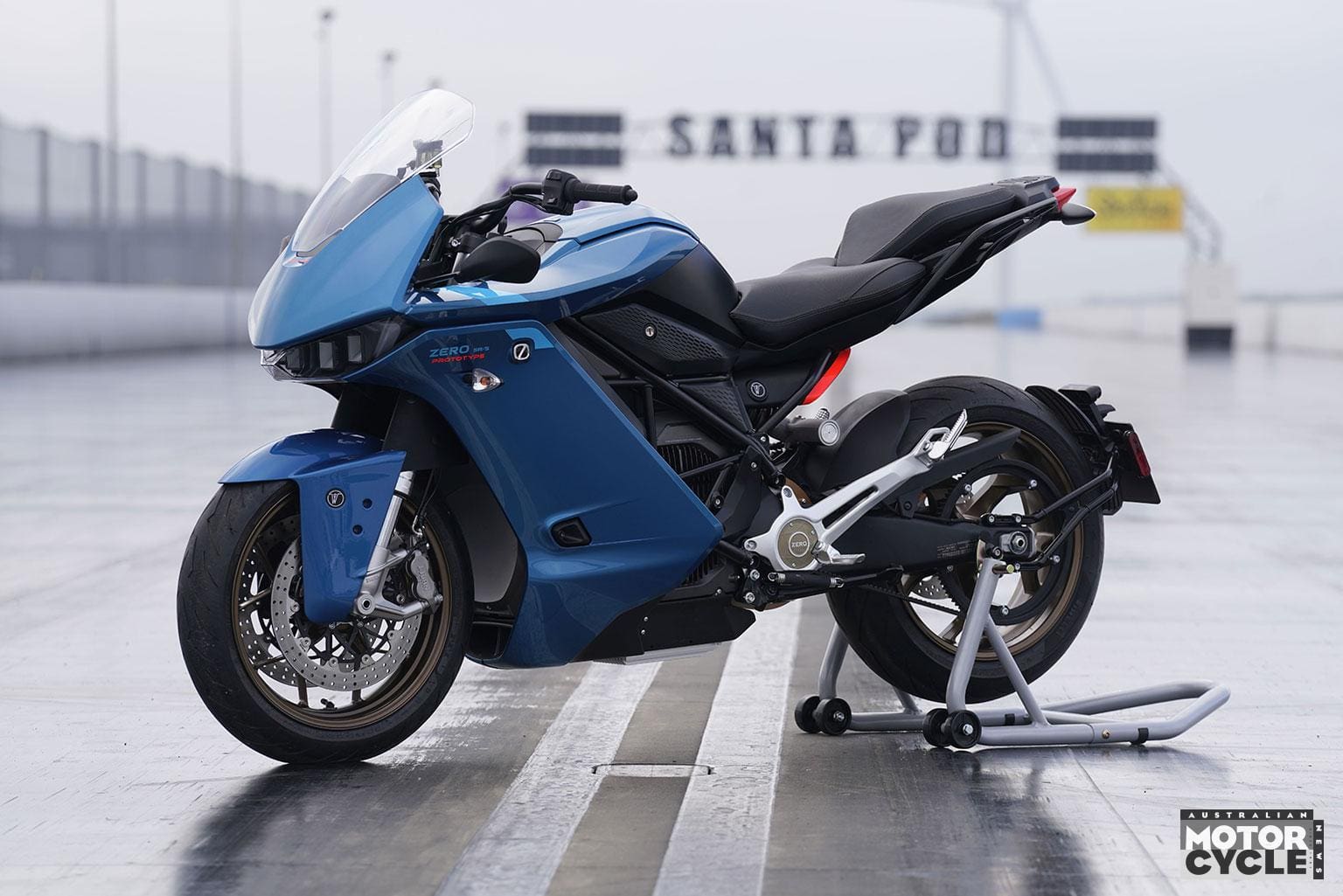
It’s taken a year for the project to come together after WMC and Zero first made contact at EICMA in November 2023. Abe Askenazi, Zero’s Chief Technical Officer, said: “From our initial meeting at EICMA we have been interested to understand the potential impact of WMC’s aerodynamic duct. We are committed to innovation and, while battery development is advancing rapidly, we believe a combination of technologies is the key to developing the electric motorcycles of the future. This proof of concept has given us valuable insights into the potential benefits of integrating an aerodynamic duct into electric motorcycles, and we will continue to explore complementary technological advancements to deliver market-leading products for our customers.”
While better, lighter and larger batteries will also improve future electric bikes, the WMC aerodynamic idea has key advantages in terms of cost and weight – it’s empty space, after all – as well as reliability; an air duct isn’t likely to fail or lead to warranty claims. While it’s unclear at this stage whether Zero will opt to include the idea in future models, the logic is hard to argue with.
